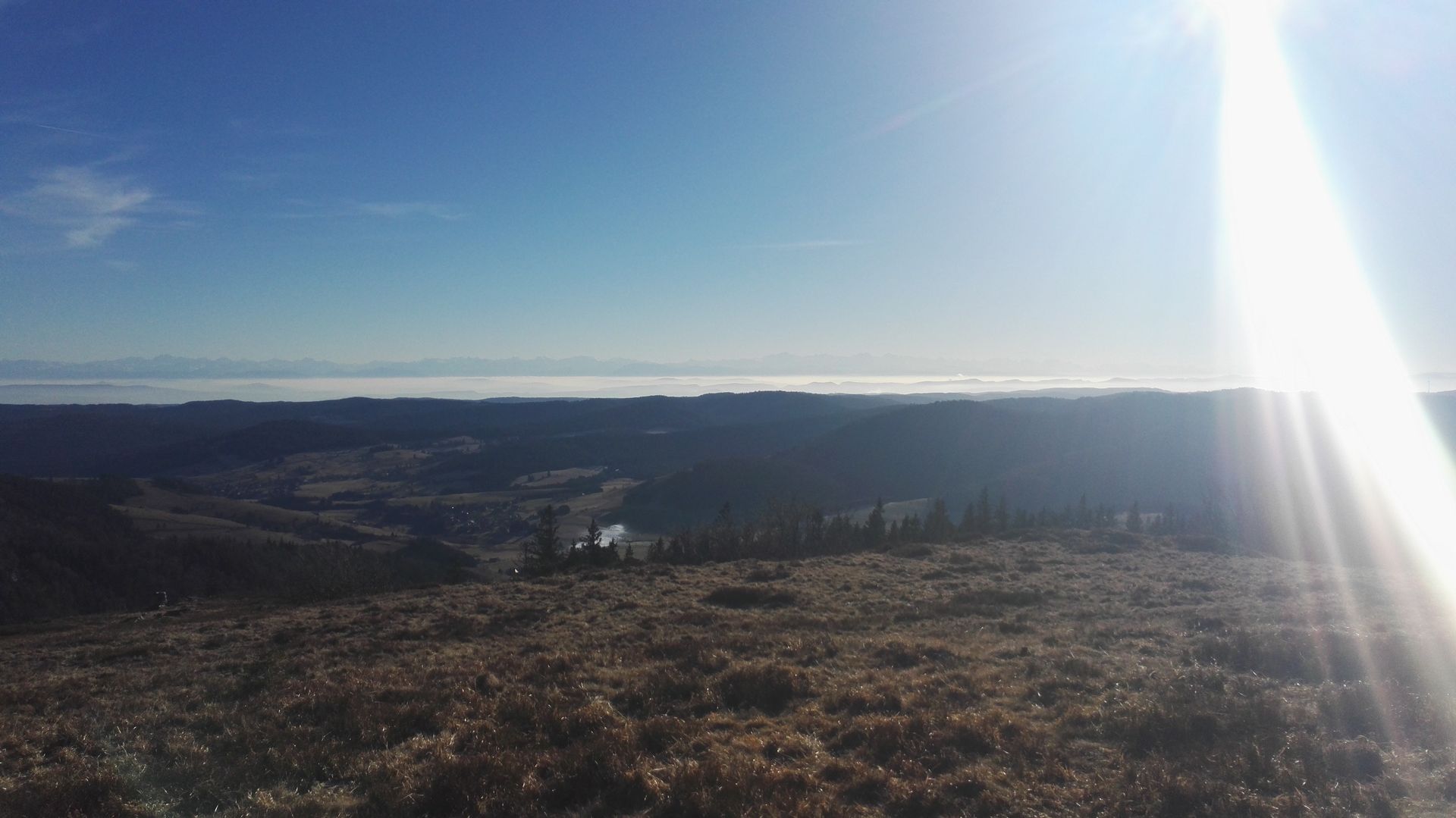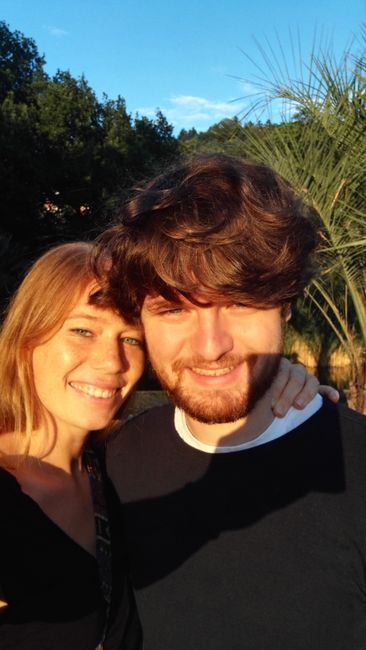
miriamandjakob
vakantio.de/miriamandjakob
Gangster in Lima and dog refuge in Huanchaco
Uñt’ayata: 21.03.2019
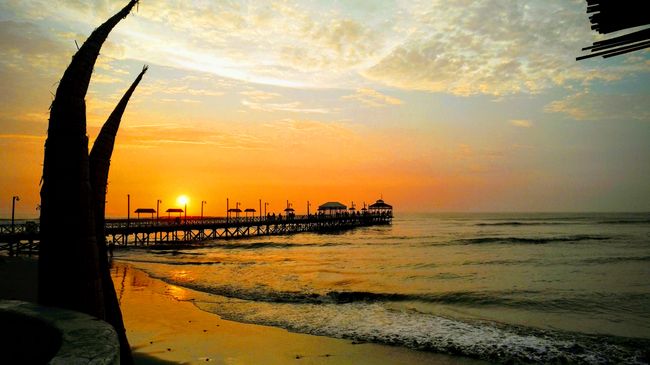
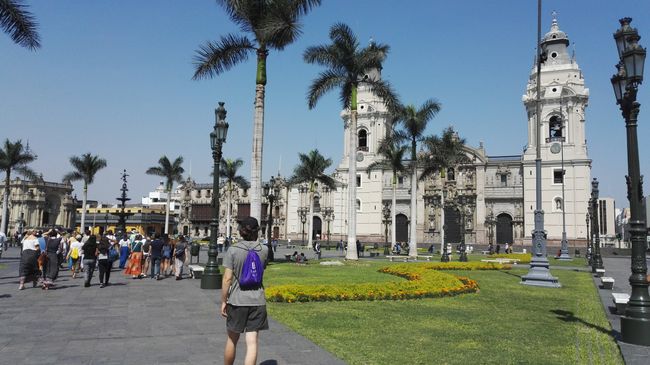
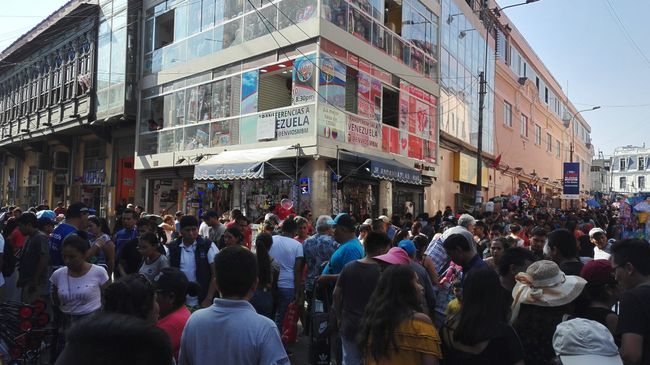
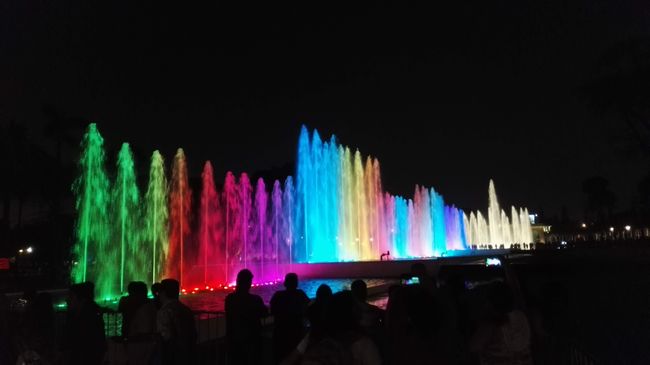
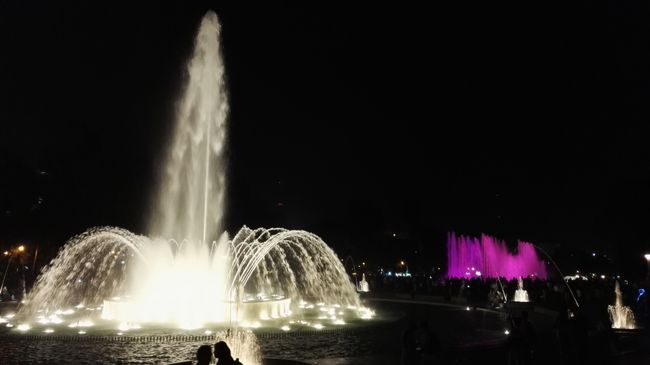
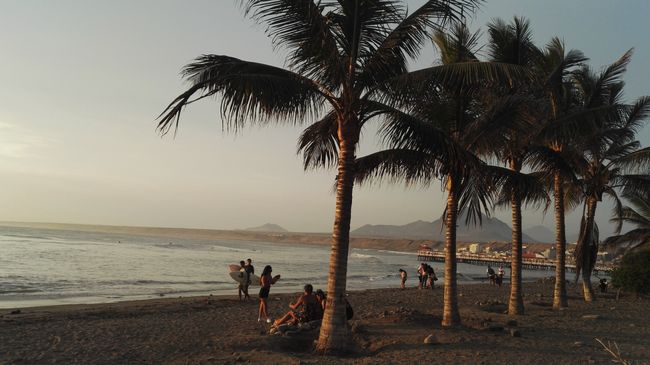
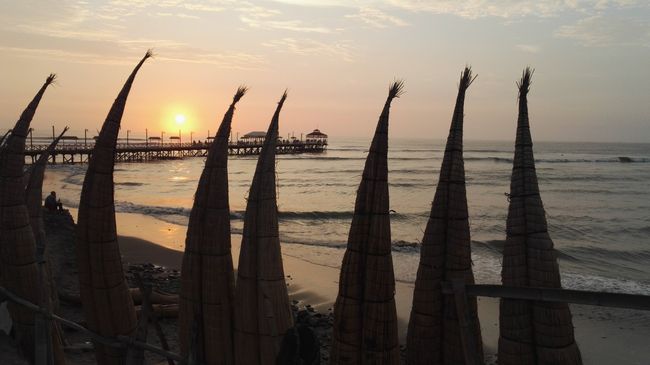
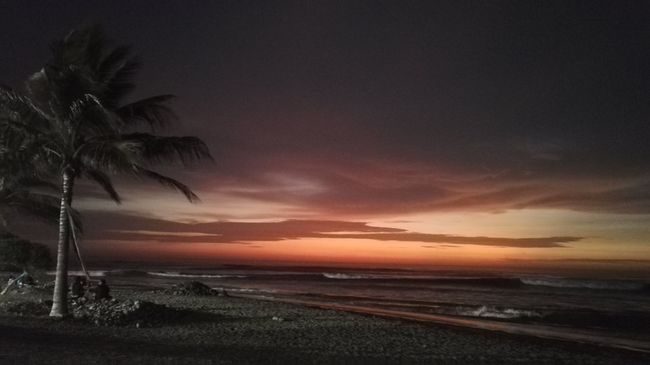
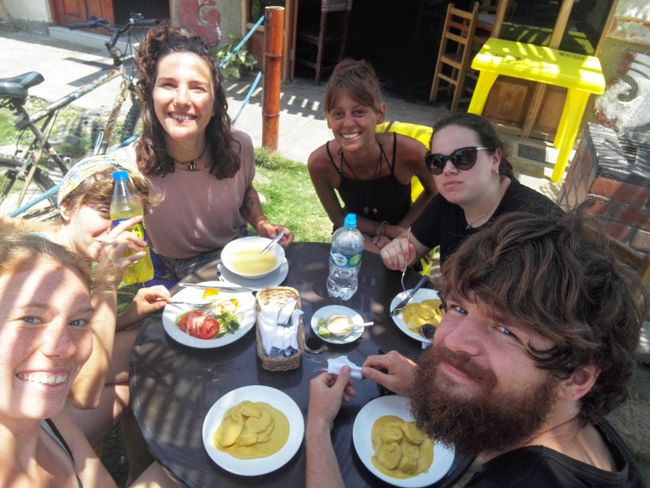
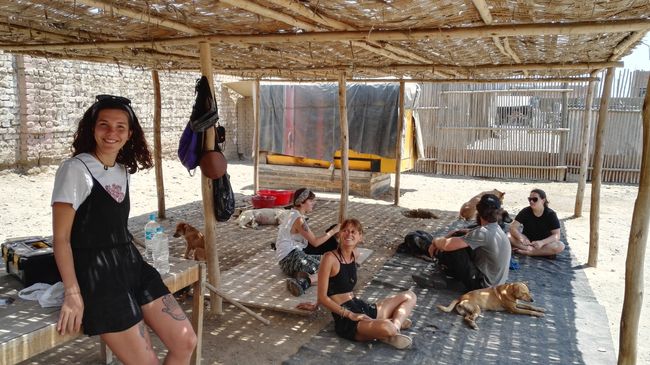
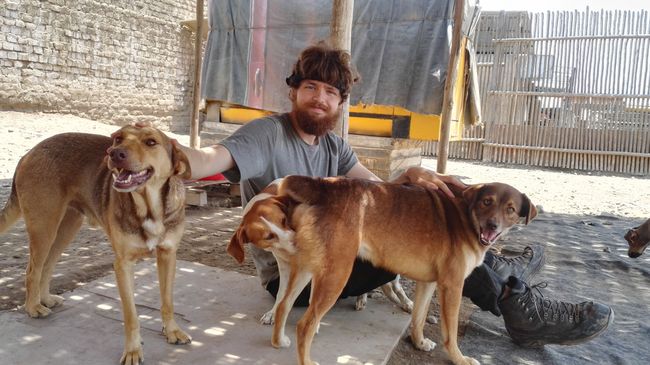
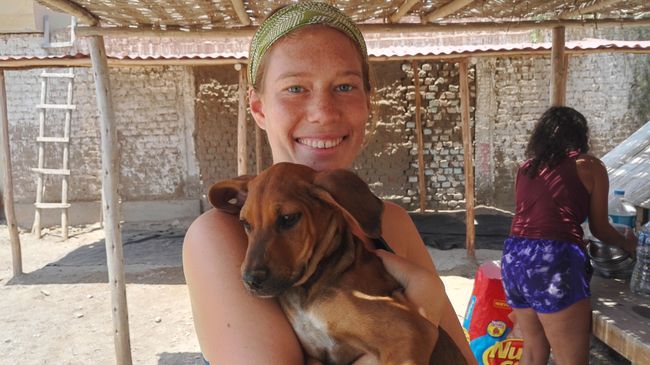
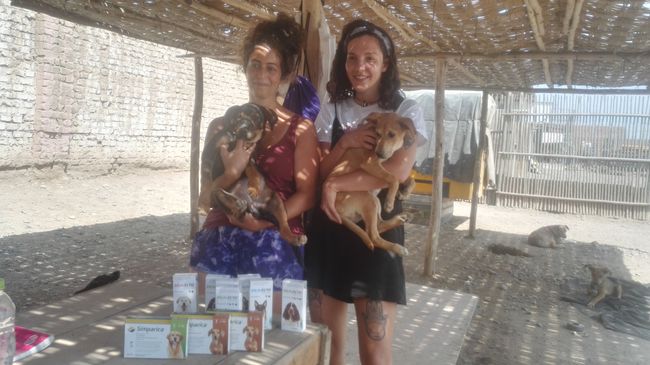
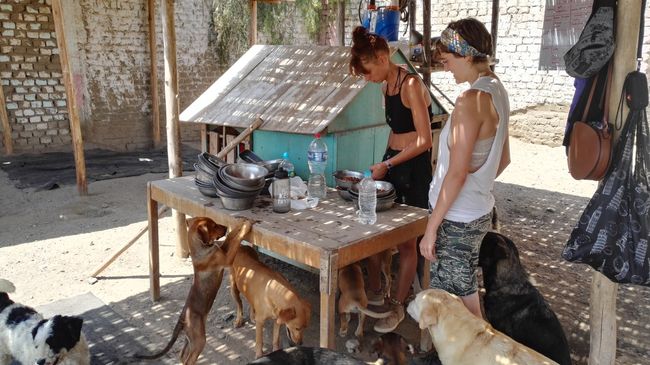
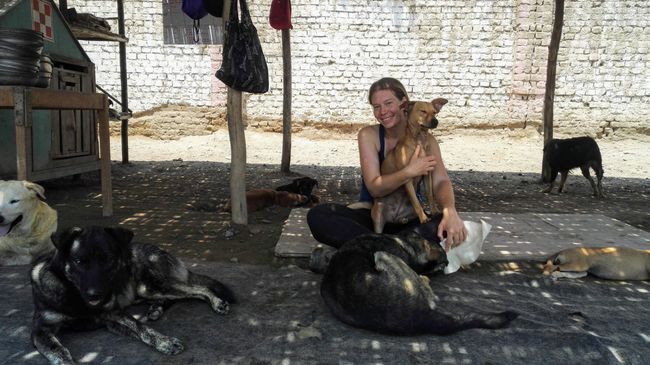
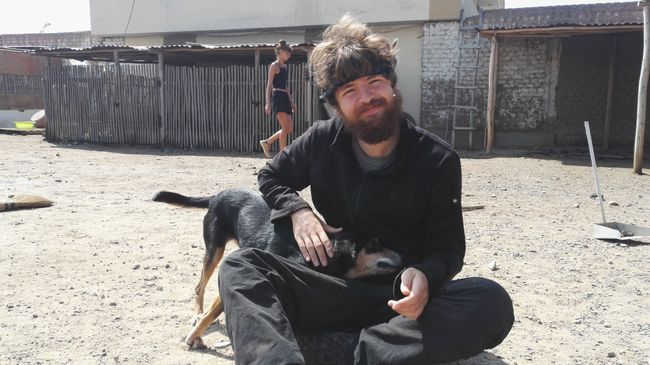
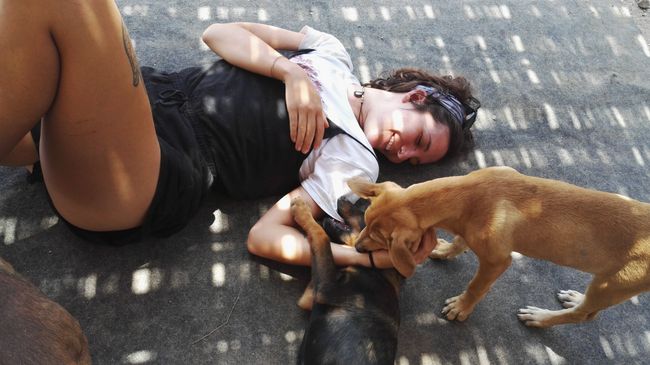
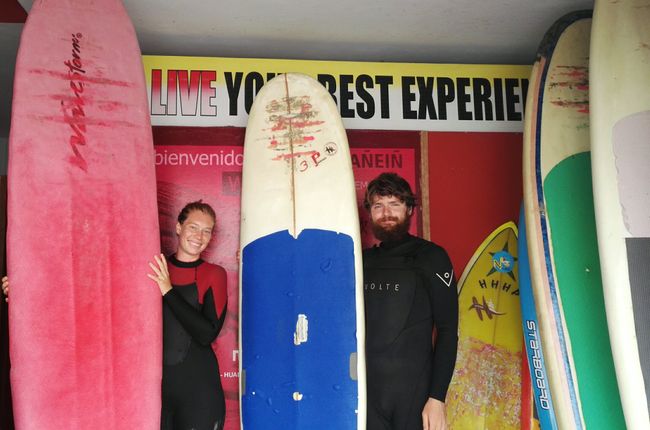
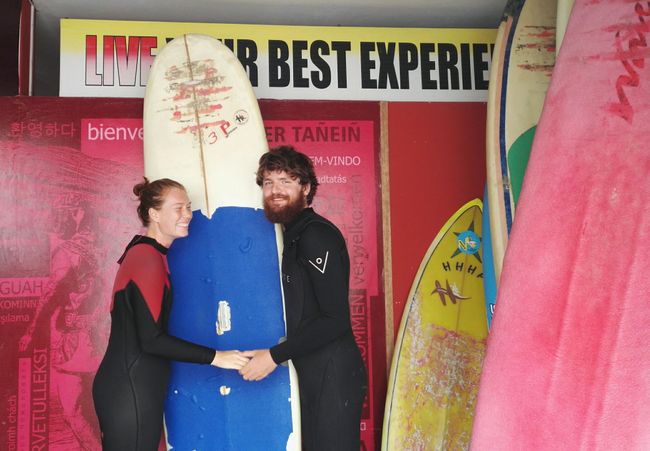
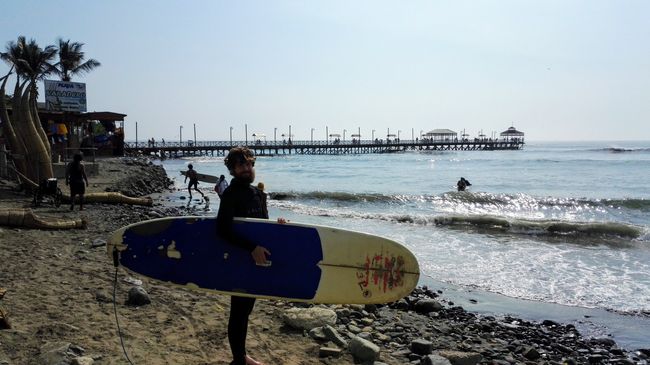
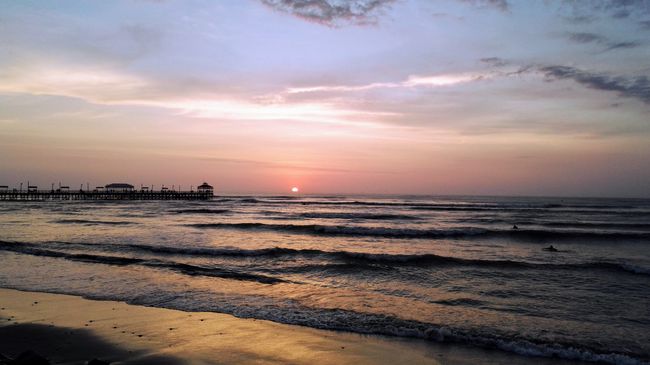
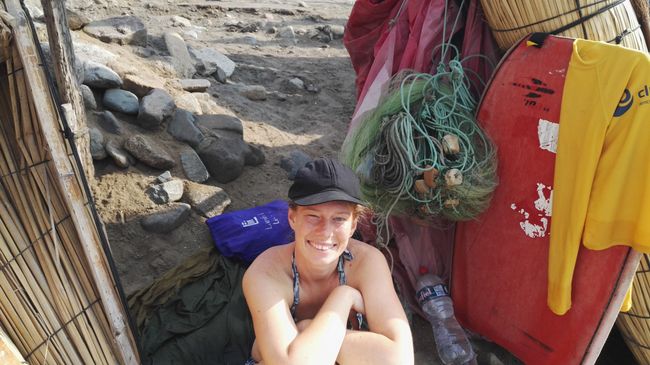
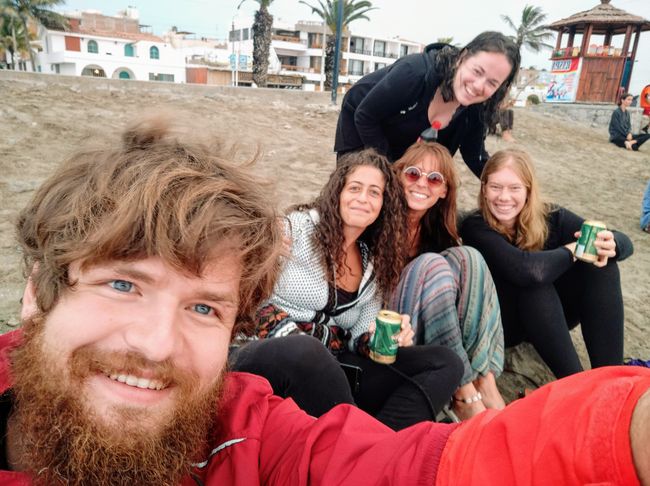
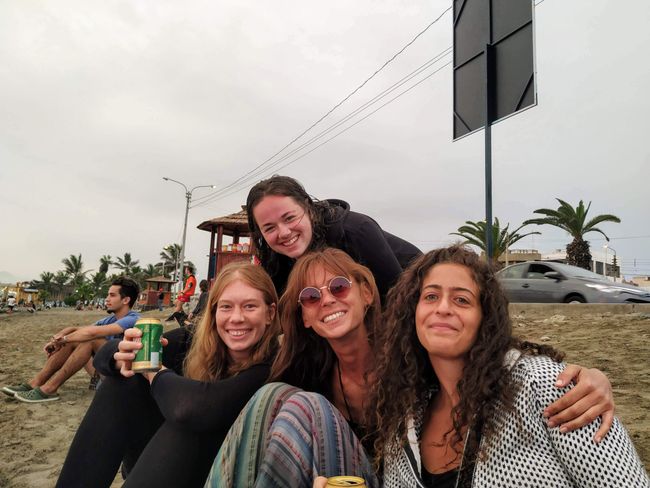
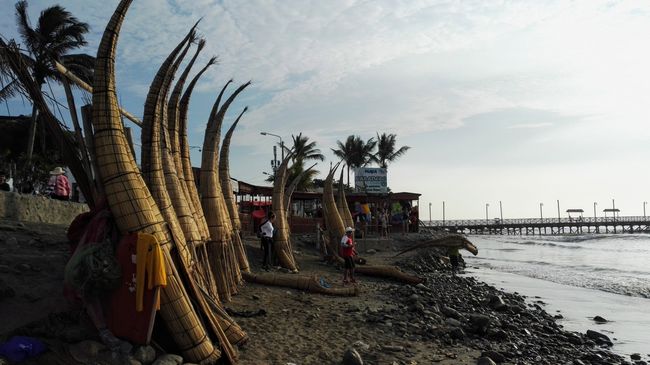
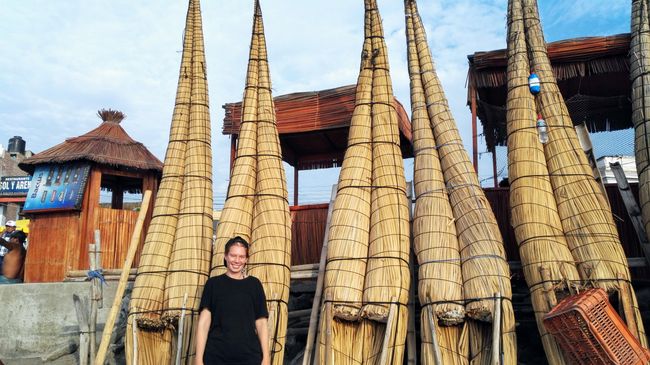
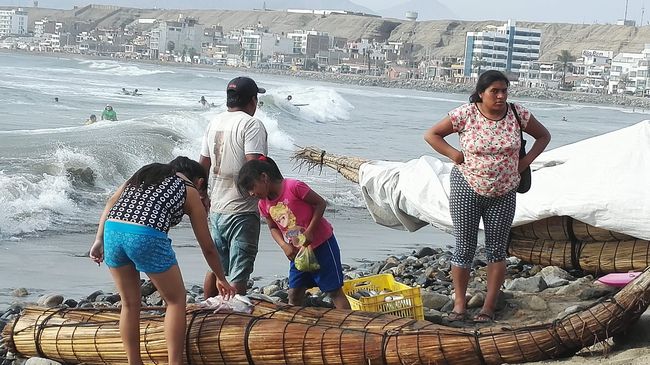
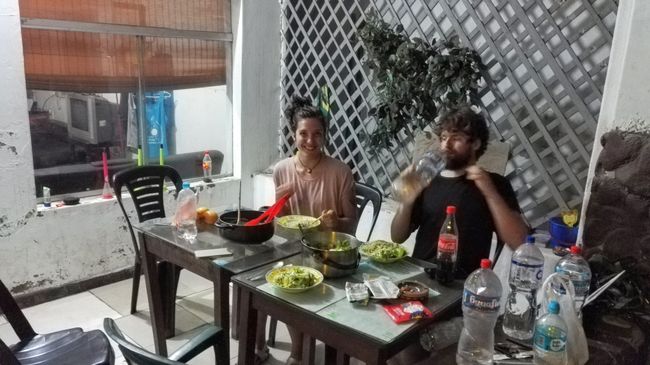
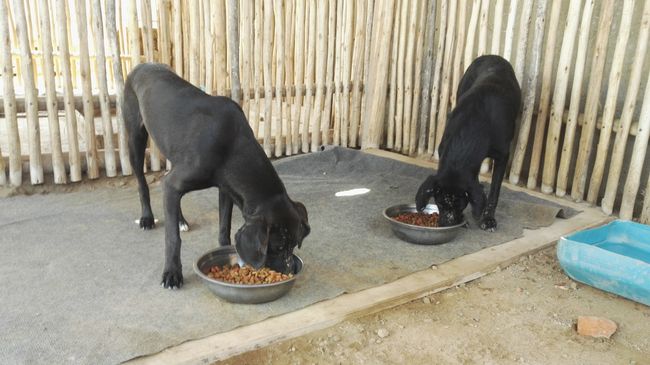
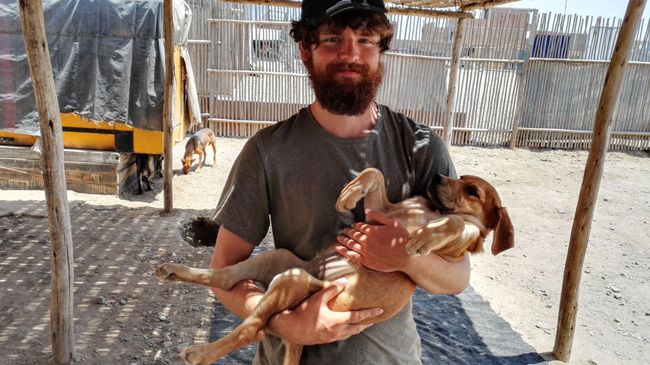
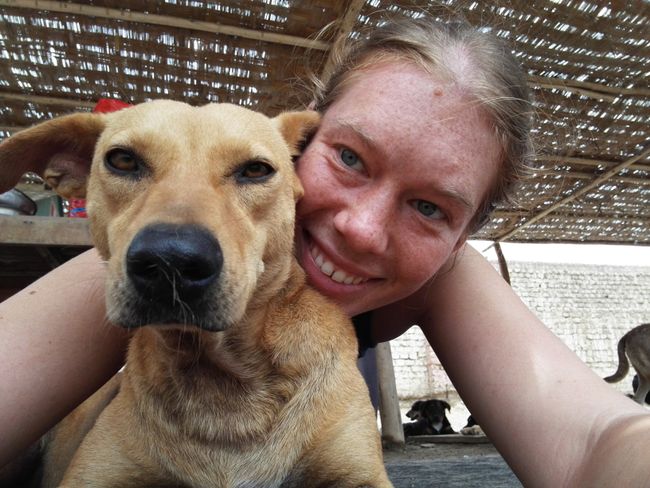
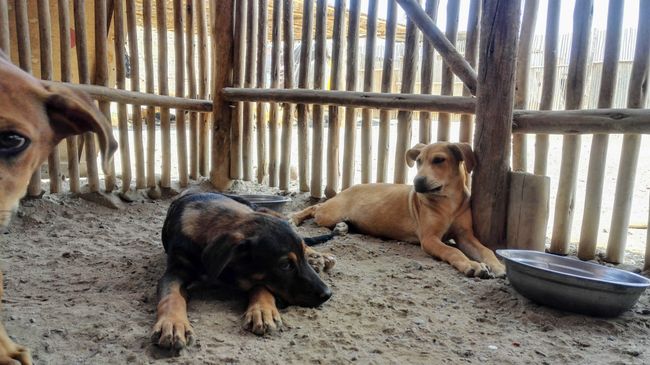
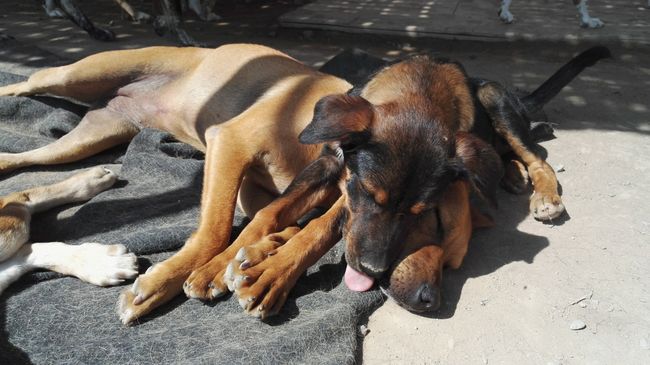
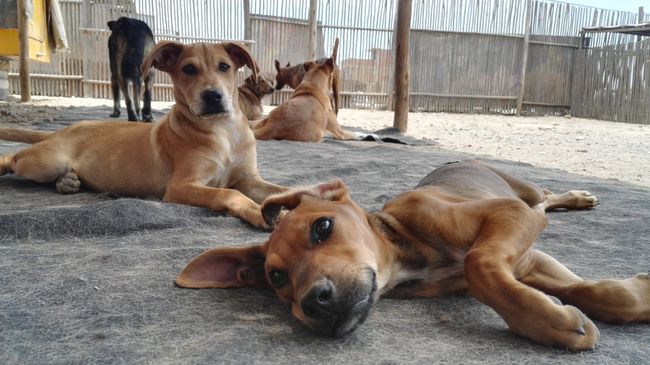
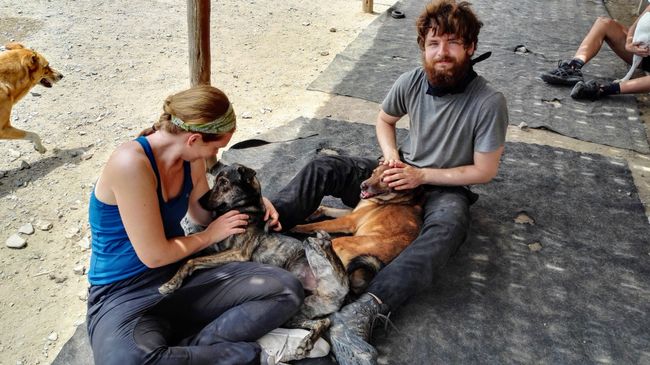
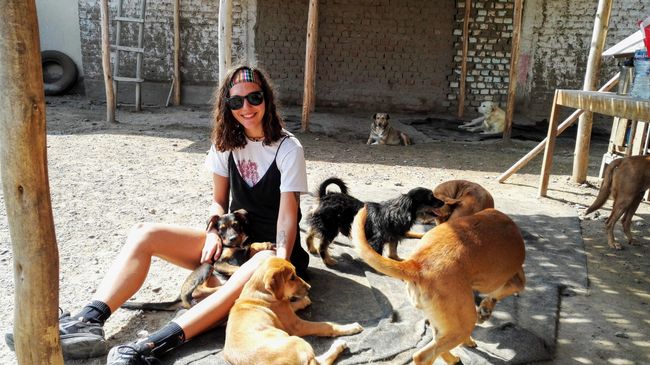
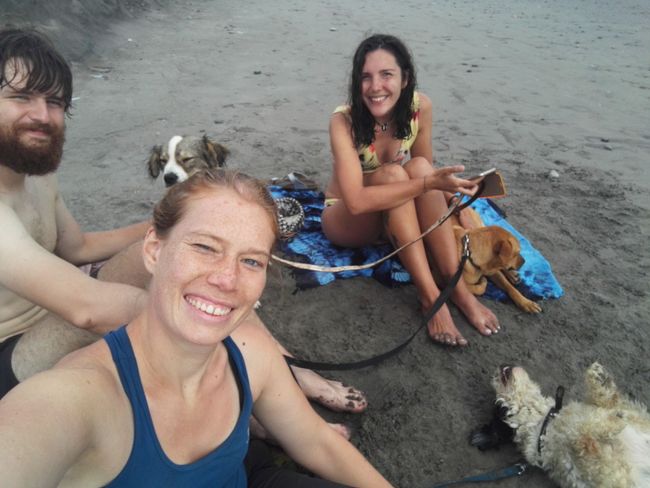
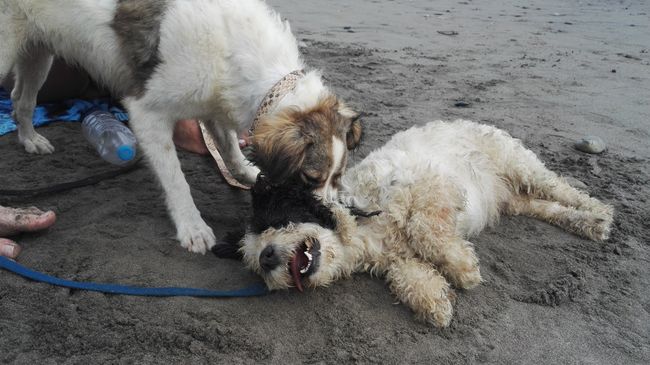
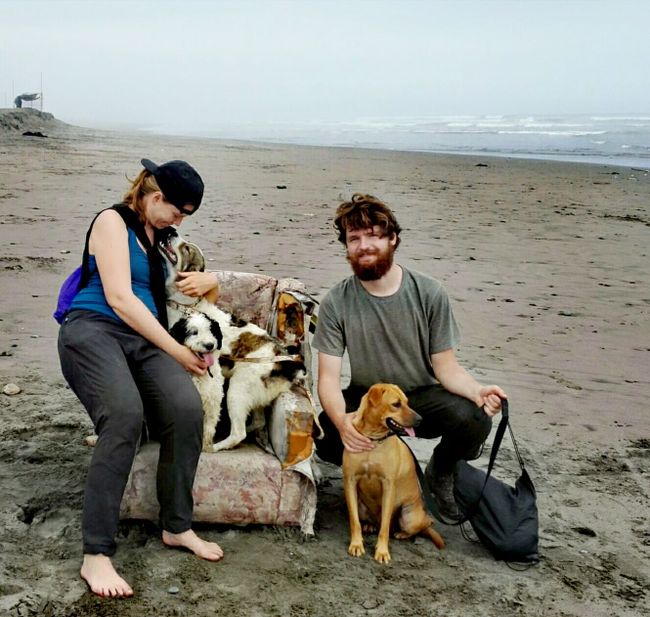
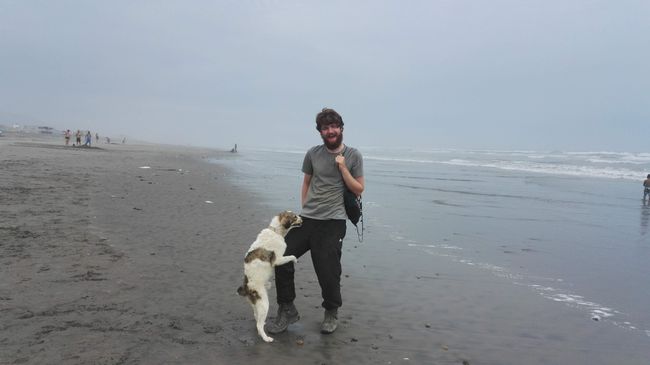
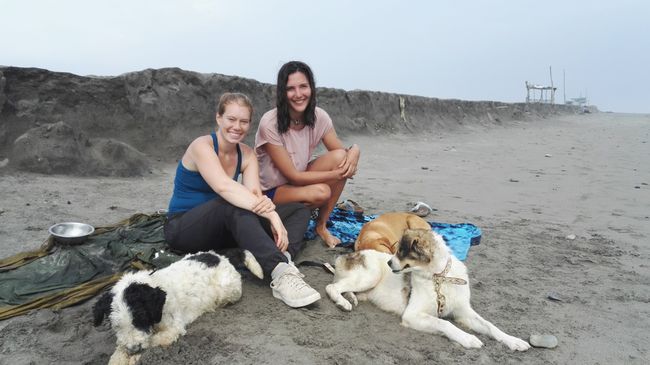
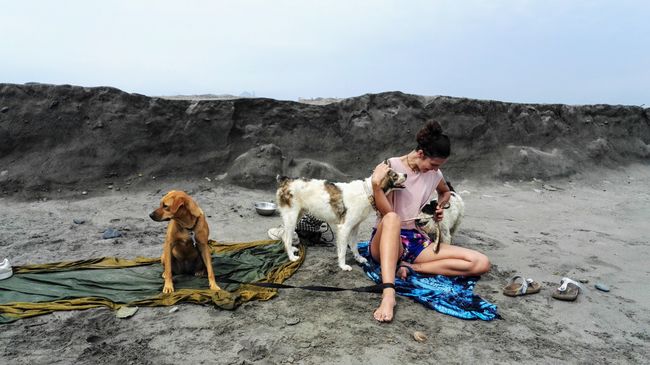
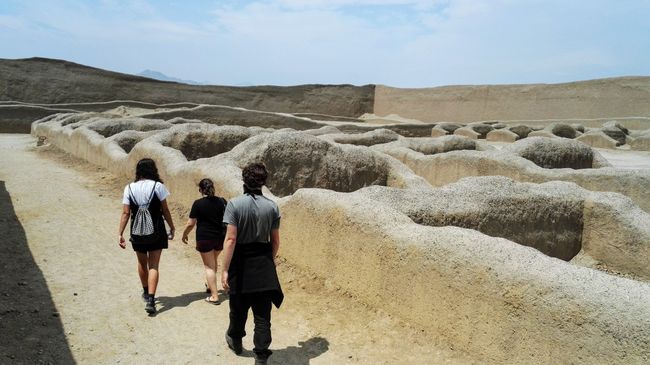
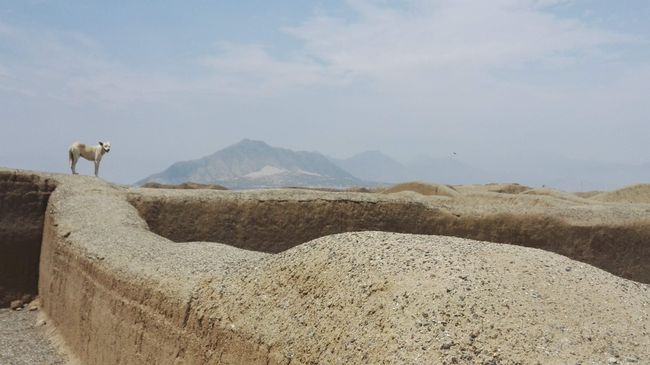
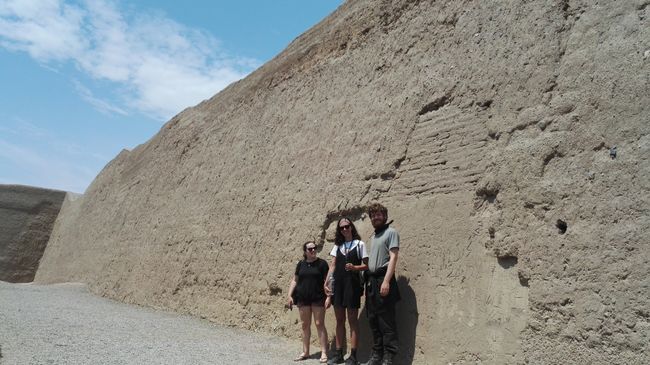
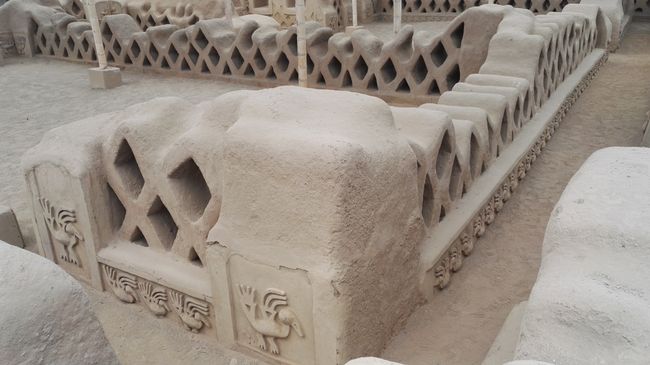
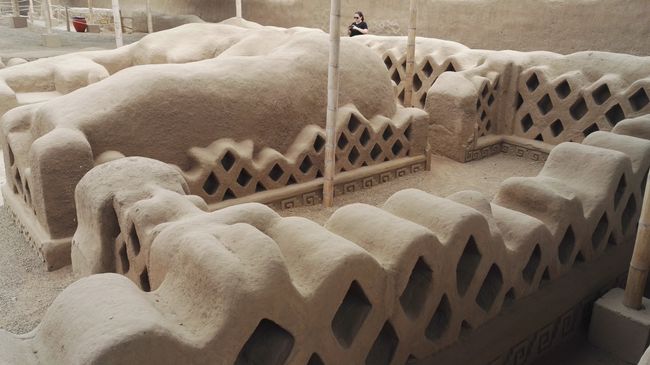
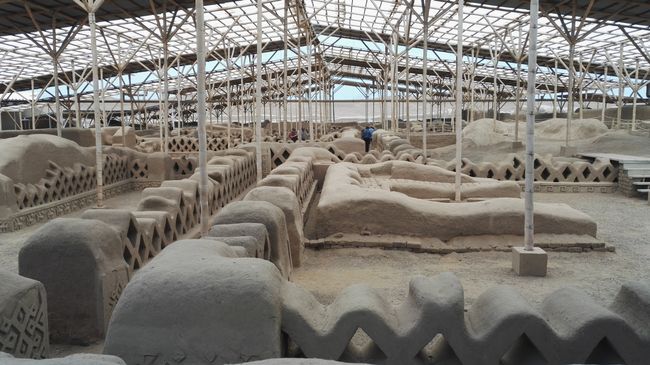
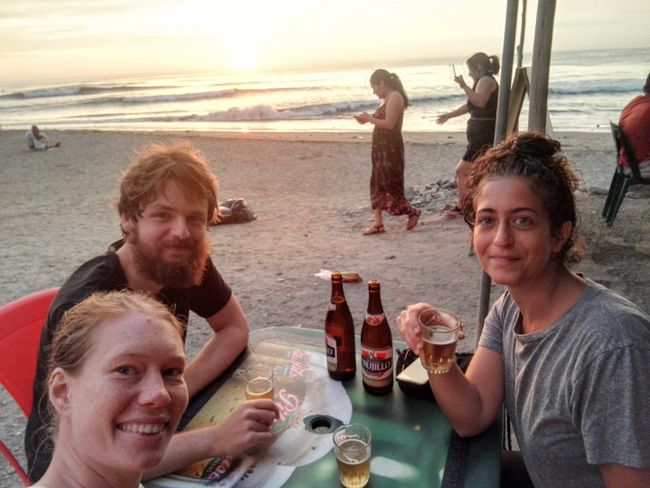
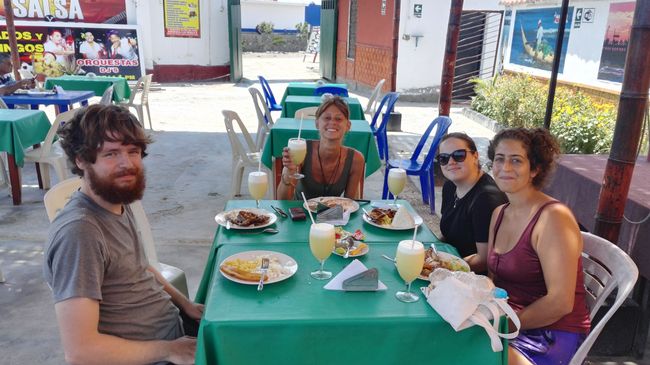
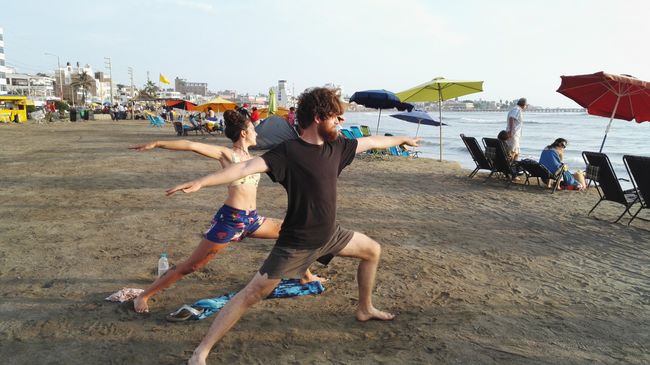
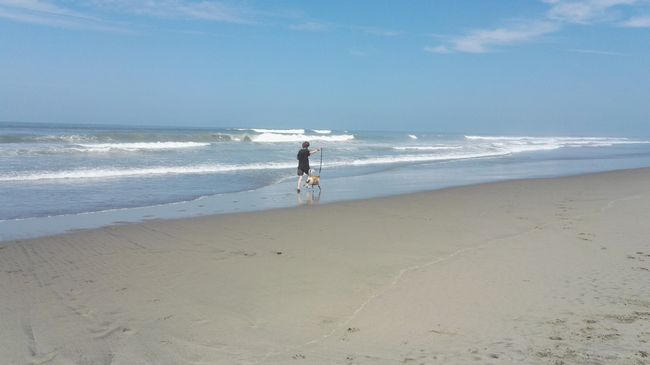
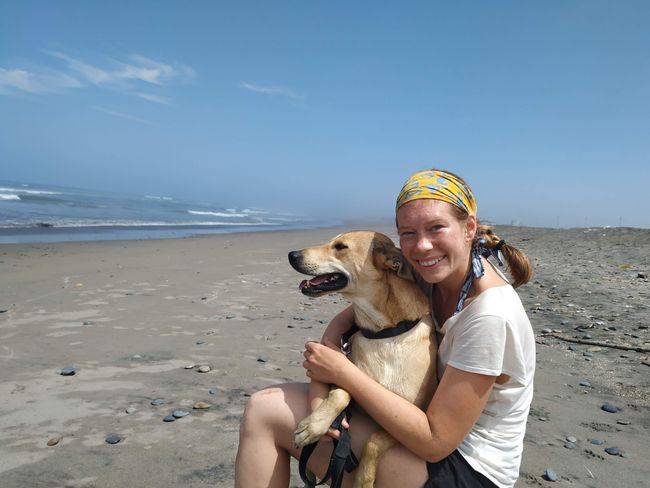
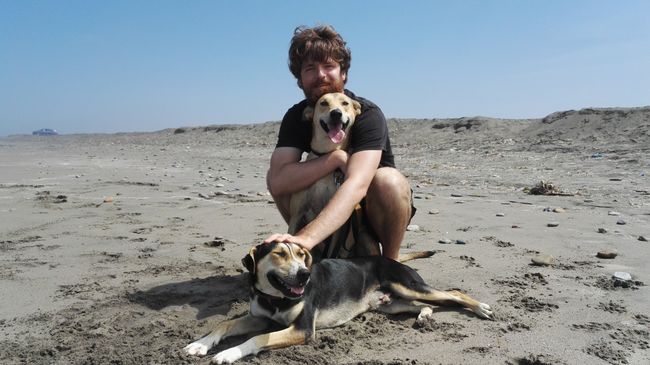
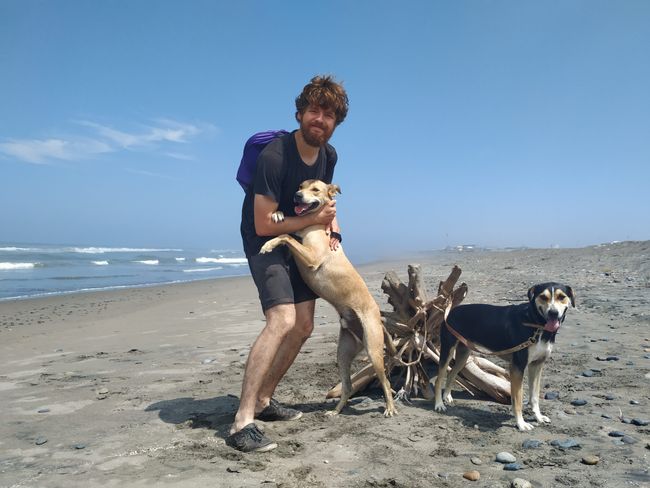

Yatiyäw qillqatar qillqt’asipxam
As we drive to Lima, we see the sea in South America for the first time. The air is stuffy and dusty, the sky only cloudy: dunes and desert spread out on both sides of the highway. From the bus, we repeatedly see small settlements consisting of white houses. In Lima, we look for accommodations, but the Miraflores district turns out to be too expensive. After a few hours driving around the city by bus, we get an impression of the capital and end up staying in a student flatshare in a less touristy district through Airbnb. Lima has 8.5 million inhabitants and the gap between rich and poor is wide. Many Peruvians have moved here from the surrounding areas in the hope of finding work, which they don't always find. While in Miraflores, men and women in fancy suits and high heels stroll around, in the historic center, prostitutes stand on the street in broad daylight and try to touch Jakob's crotch. Some families sell sweets for a few cents and homeless and drugged people sleep on the street. Our neighborhood has a bit of a gangster feeling. Besides the city center, we also visit Chinatown, where you can buy anything you can imagine. The streets are crowded with people and street stalls.
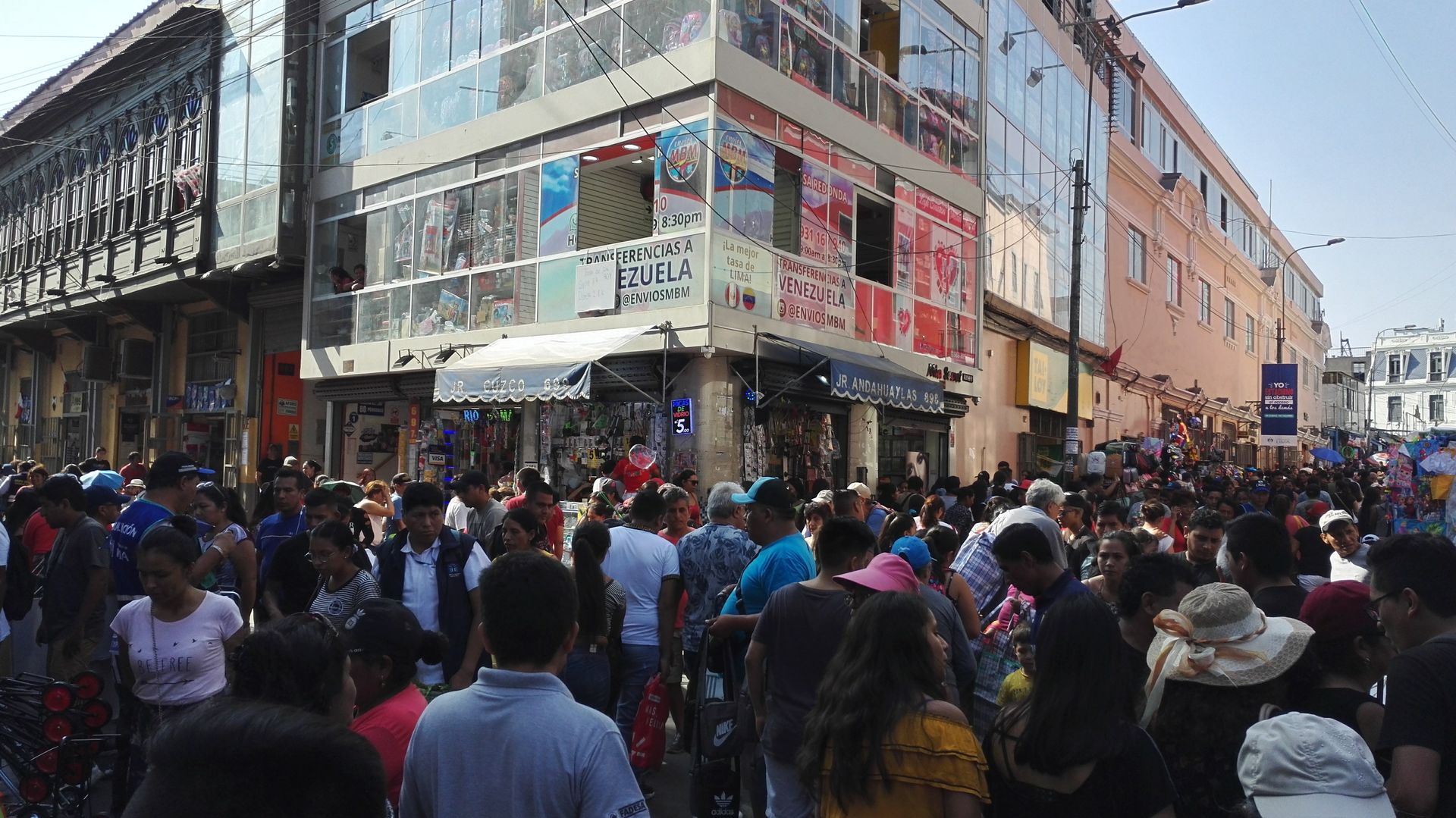
In the evening, we sit in a water fountain park (Parque de los augas - 4/s) with beer and sandwiches and enjoy the water show set to music. We also spend a lot of time at a market where we observe the hustle and bustle. We have a vegetarian meal after the waiter understands, after a few minutes of explanation, to simply leave out the piece of meat. Spontaneously, we receive an offer through HelpX to help out in Huanchaco, a small fishing village, for a week at a refuge for dogs. Jakob is inclined to accept the offer, even though he has previously been more distant towards dogs compared to Miriam. Miriam is excited.
Marjolin from the Netherlands took over the dog shelter 4 years ago and expanded it. Now it houses 60 dogs of all sizes and various characters. There are three areas with individual larger cages because not all the dogs get along. So, individual dogs and dog cliques need to be locked up and released after a few hours, to be replaced by other cliques. The dogs were either no longer wanted by their owners, found injured on the street, or abandoned as puppies. With us, 6 volunteers live in Marjolin's house, divided into 2 rooms with bunk beds. In the morning, we all ride the bus together to the shelter. We are always greeted and jumped on loudly by the dogs. Video.
It turns out that all the dogs are very friendly and almost all of them are very trusting. It's a bit like with children: they compete to see who gets to sit on our lap, and occasionally, it leads to jealousy.
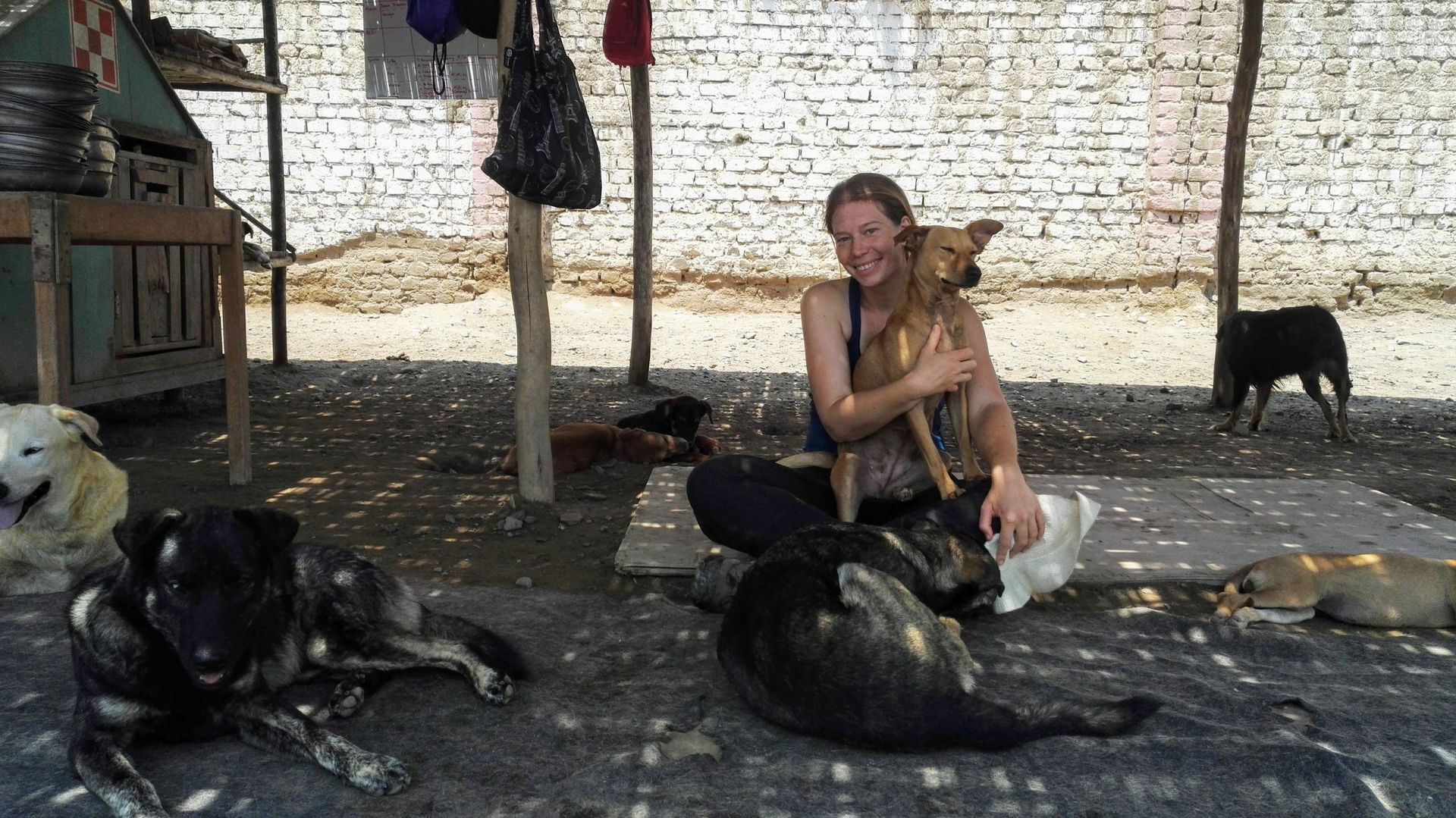
Our tasks consist of removing dog poop with a shovel and broom and brushing the carpets to clean them from dust and dog hair as much as possible. Then, we clean the dogs' water containers and distribute fresh water. The dog bowls also need to be washed. Afterwards, the dogs receive a large portion of dry food to eat, and then they relax in the shade or in the sun. Most of the time, the volunteers join them on the floor and there is a lot of cuddling. Jakob quickly feels very comfortable and is intensely cuddled by the dogs, and he is even peed on twice. The clothing gets very dirty quickly and will not be washed for a week.
The morning shift ends at 12:30. We often go eat together or cook in the house afterwards. We use the afternoon to go surfing. There are beginner waves here. After surfing, we get fried potatoes with sauerkraut from the street and watch the sunset on a wall. Afterwards, we often sit together with Lisa (Switzerland), Pavlina (Canada), Maggie (France), Ariella (Canada), Beck (New Zealand), and Marjolin (Netherlands). We cook, talk, play Shithead, and Miriam goes out partying once. With Lisa, we do yoga on the beach or go for walks with the dogs. With Lisa and Pavlina, we visit the ruins of Chan Chan, which were built by the Chimor people before the Incas. The Incas conquered Chan Chan by redirecting a river, so the city could be taken over due to water scarcity. Chan Chan was built from adobe, the same material we made bricks from in Argentina. We find it fascinating how beautifully the walls are decorated and that it is one of the largest adobe cities in the world, with an area of 28 square kilometers.
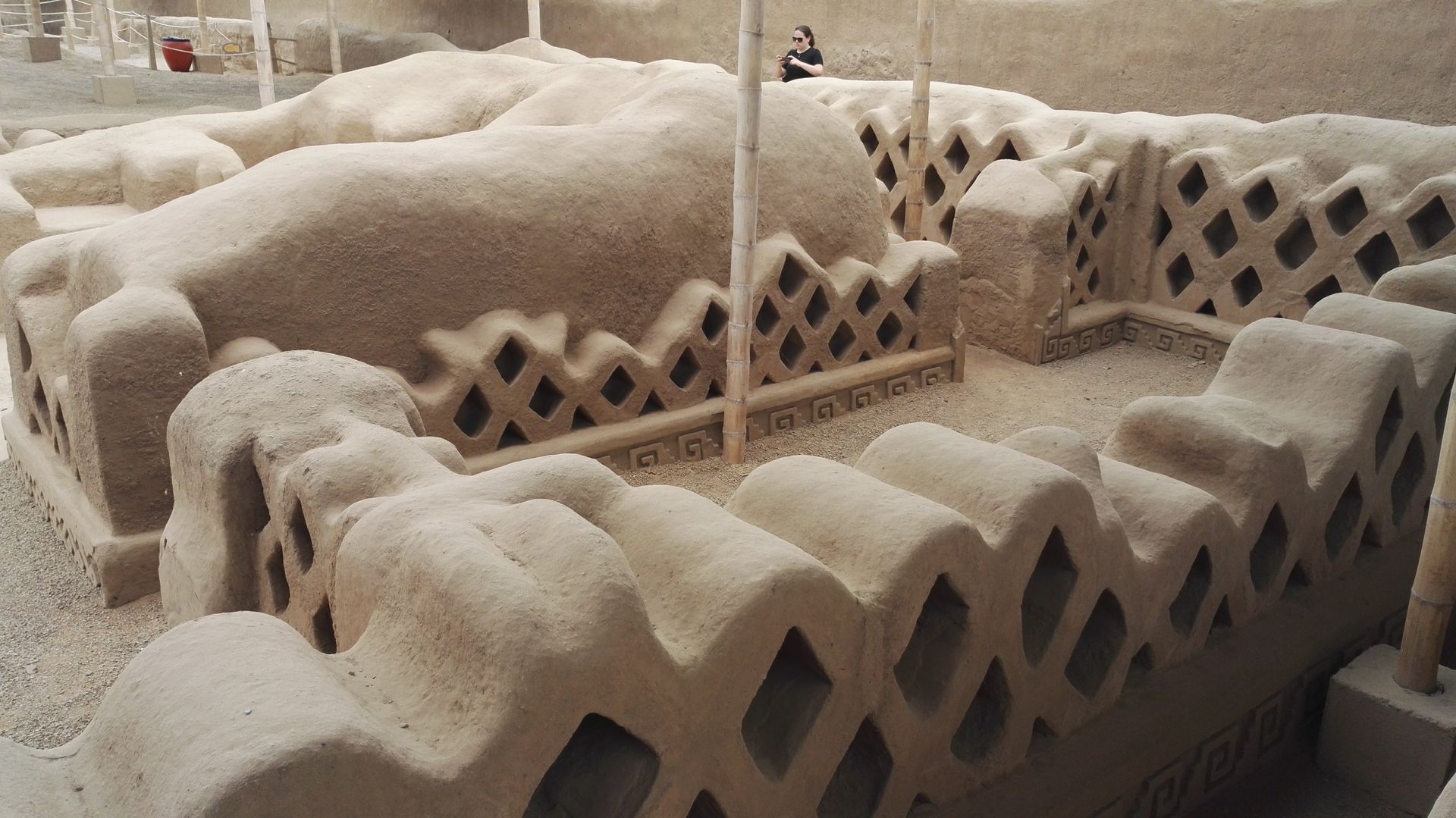
Twice, we take a few dogs from the shelter for a walk, as this can be done outside of working hours. The first time, we go with Lisa and the dogs Dora, Chiko, and Charly. It is very relaxed until Chiko starts following Jakob and tries to mount him constantly. At first, we find it very funny and call Chiko 'Gaylord', but after a while, it becomes a bit tiring and Jakob only walks Charly or Dora on the leash.
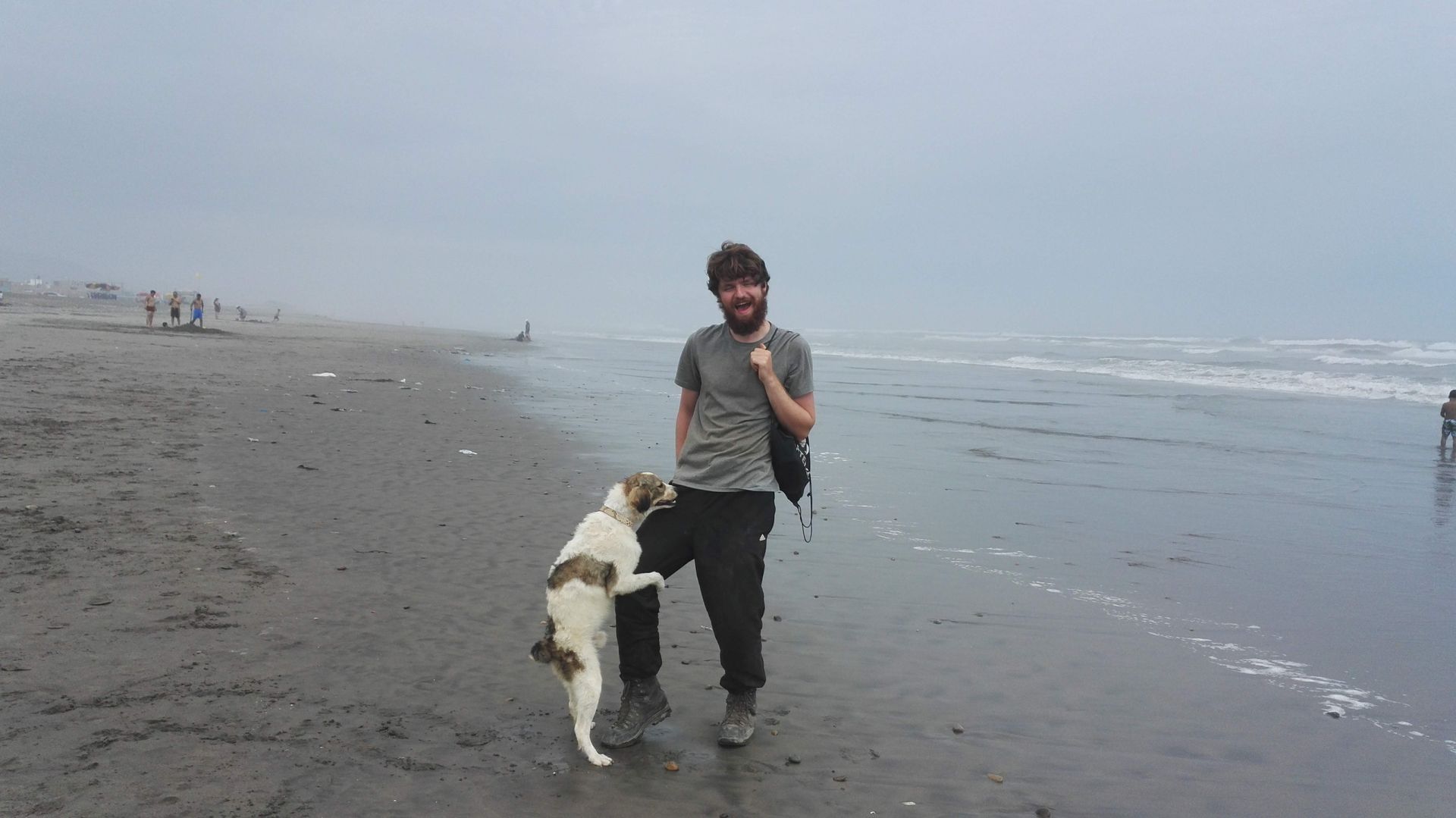
Unfortunately, the dogs are afraid of the sea, so only the three of us go swimming. We have so much fun that on our last day, we go for another walk, this time with the dogs Dude and Jako. Both dogs are very big, so it becomes quite athletic for us: we sprint, jog, and try to go into the sea with the two of them, but unfortunately, the 'big ones' are also quite scared. Dude is so amazing that we dream of adopting him.
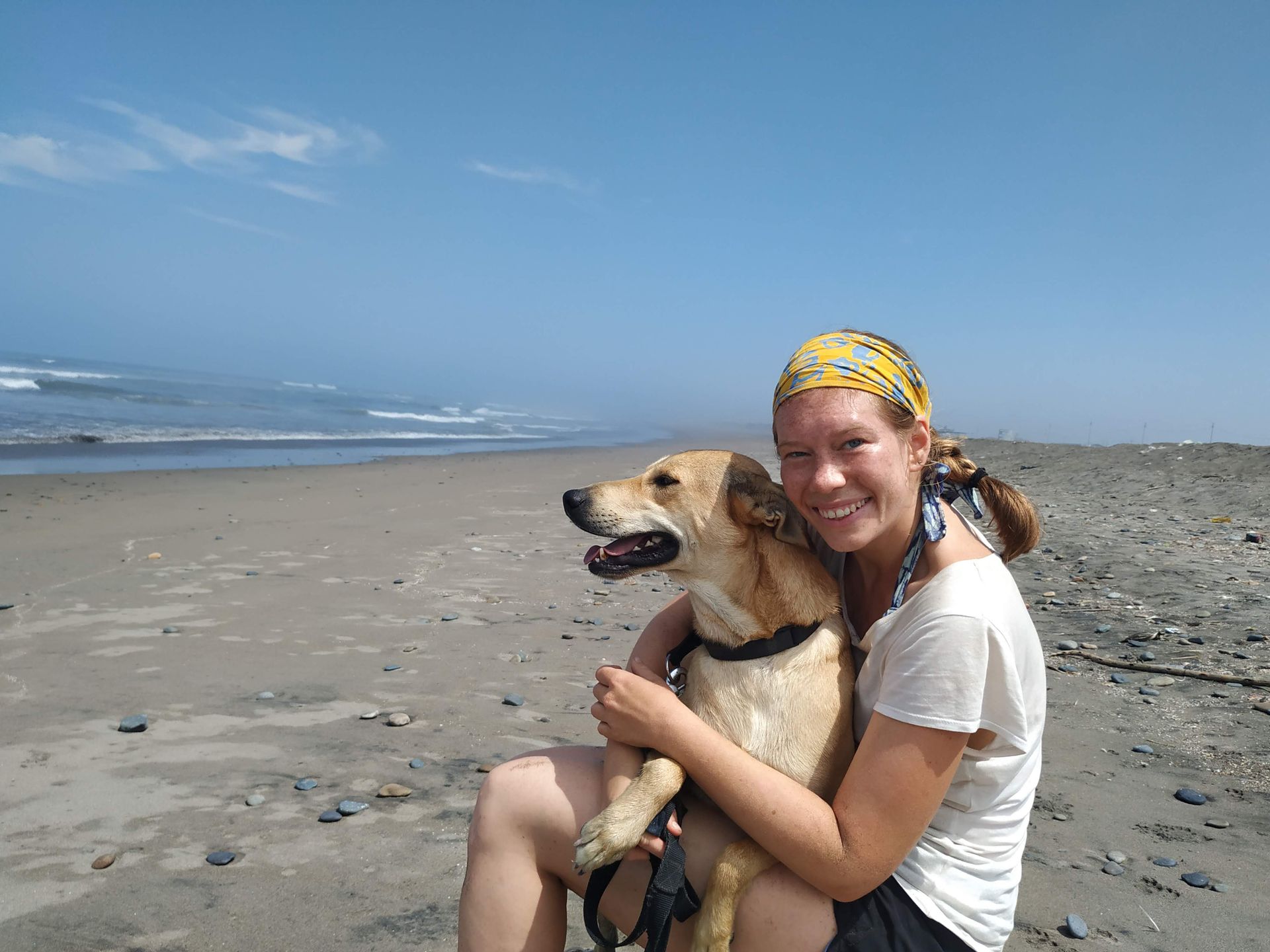
We had a very nice week in Huanchaco and enjoyed being in one place for a longer period of time and having a bit of a routine. Saying goodbye to the people, the place, and the dogs is not easy for us. We camp on the beach of Huanchaco for the last night until we head further north the next day.
Yatiyäw qillqatar qillqt’asipxam
Jaysawi (1)
nononwil
Eine Woche Erholung habt ihr euch wirklich verdient.
Viajes ukan yatiyawinakapa Perú markanxa
